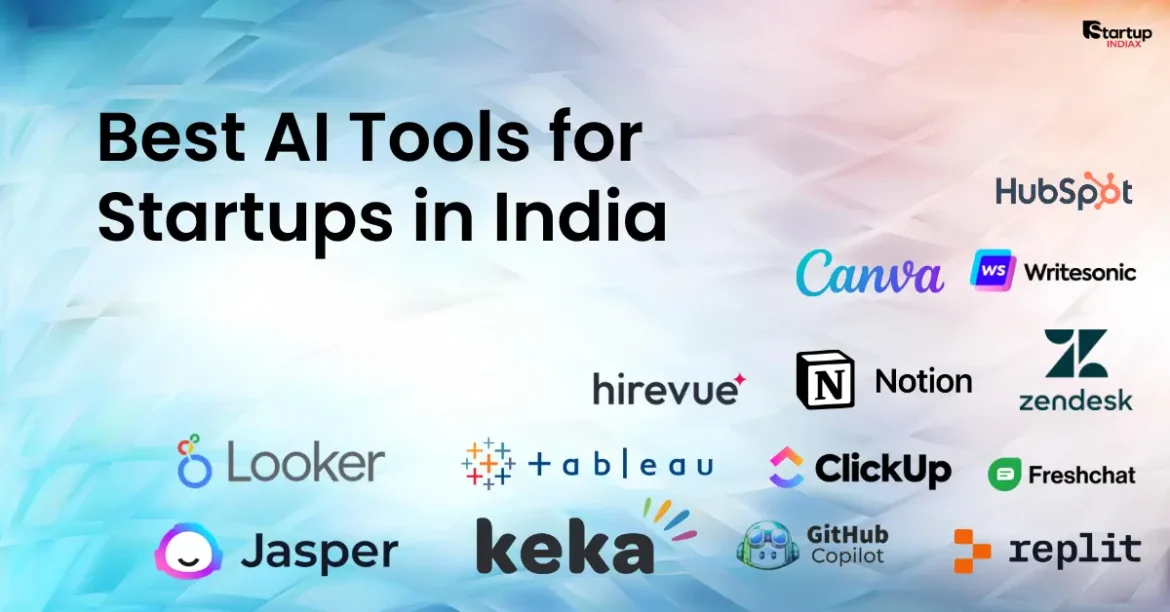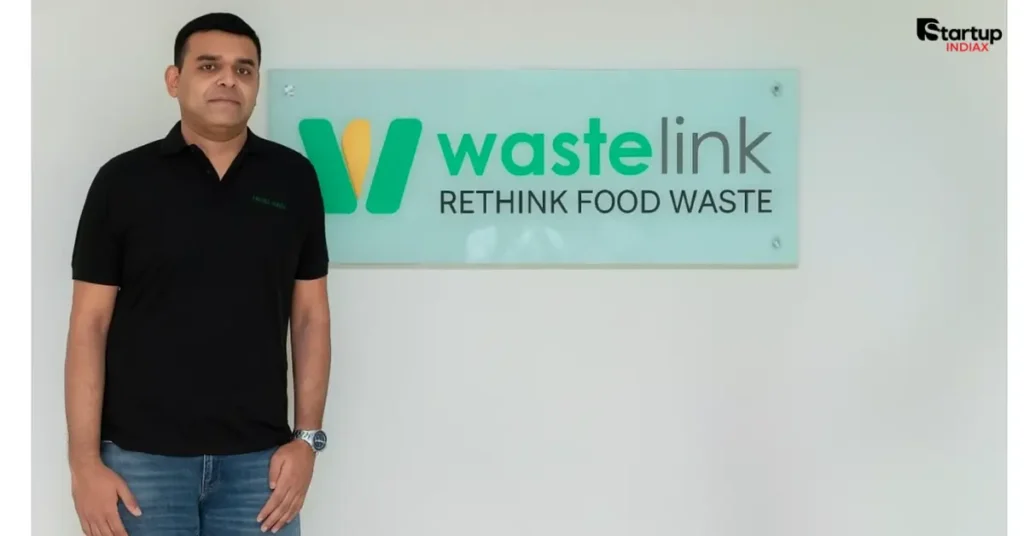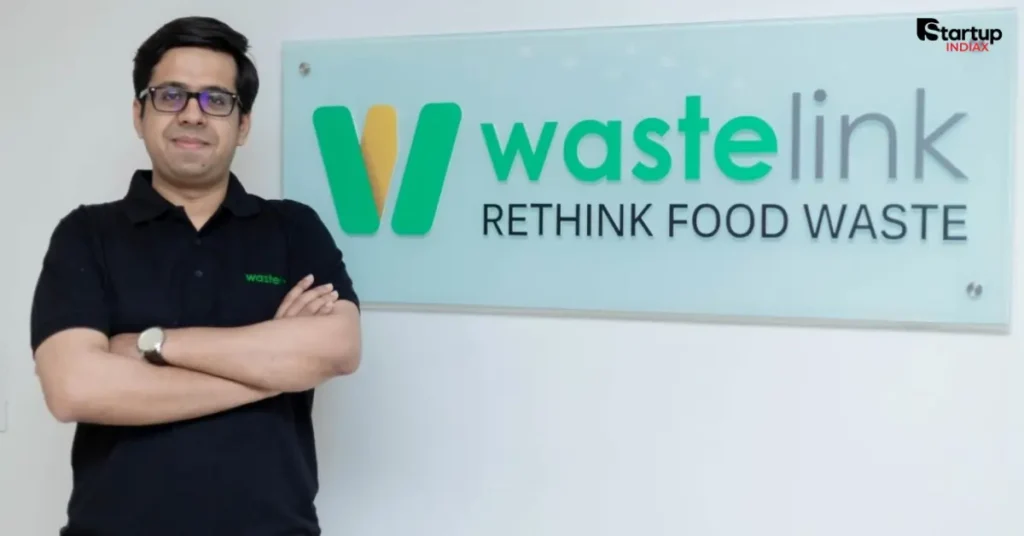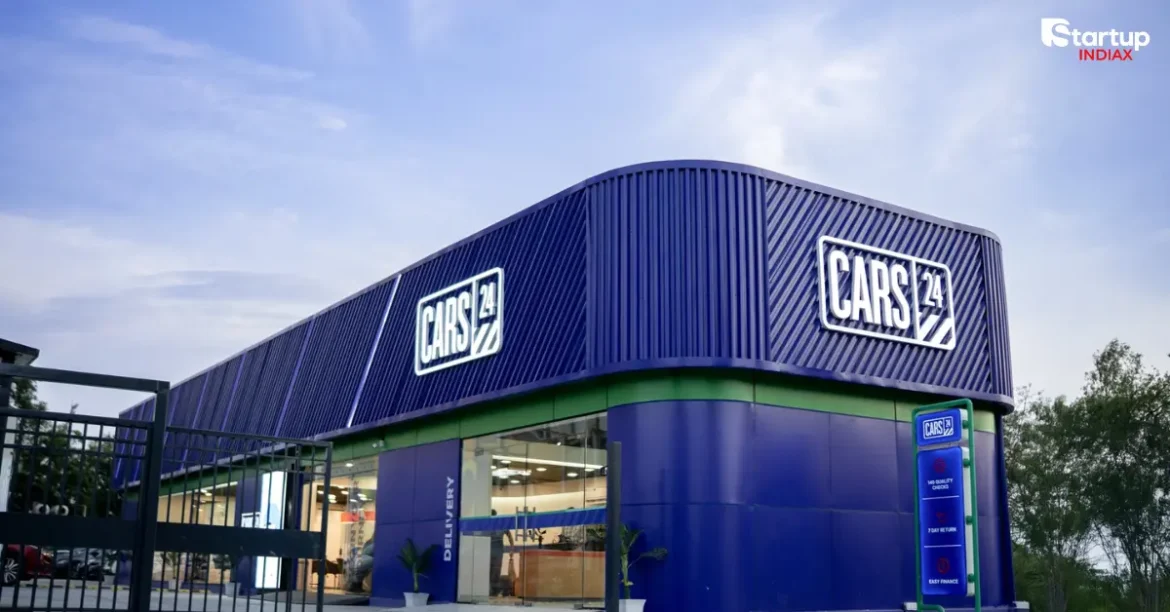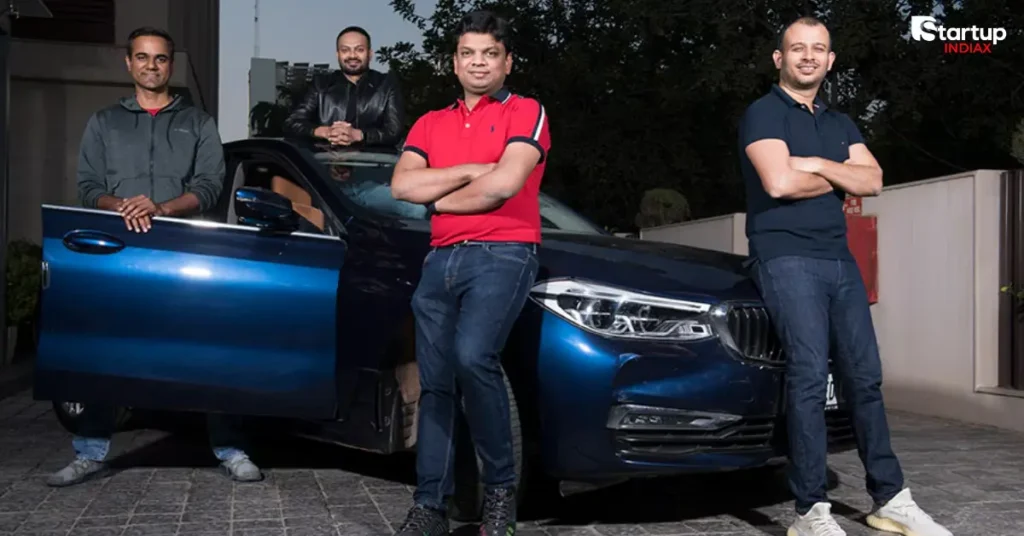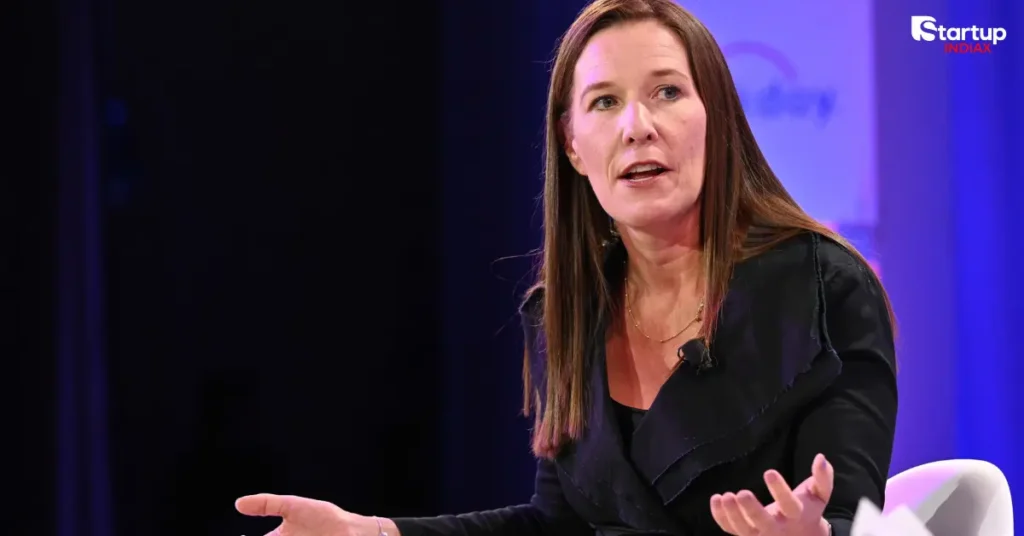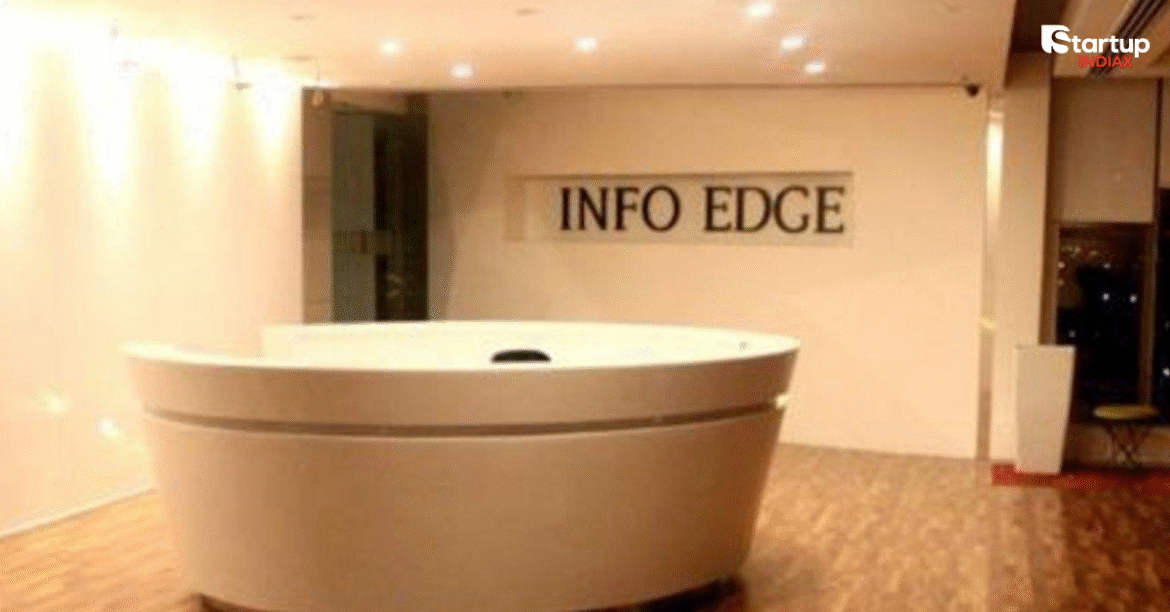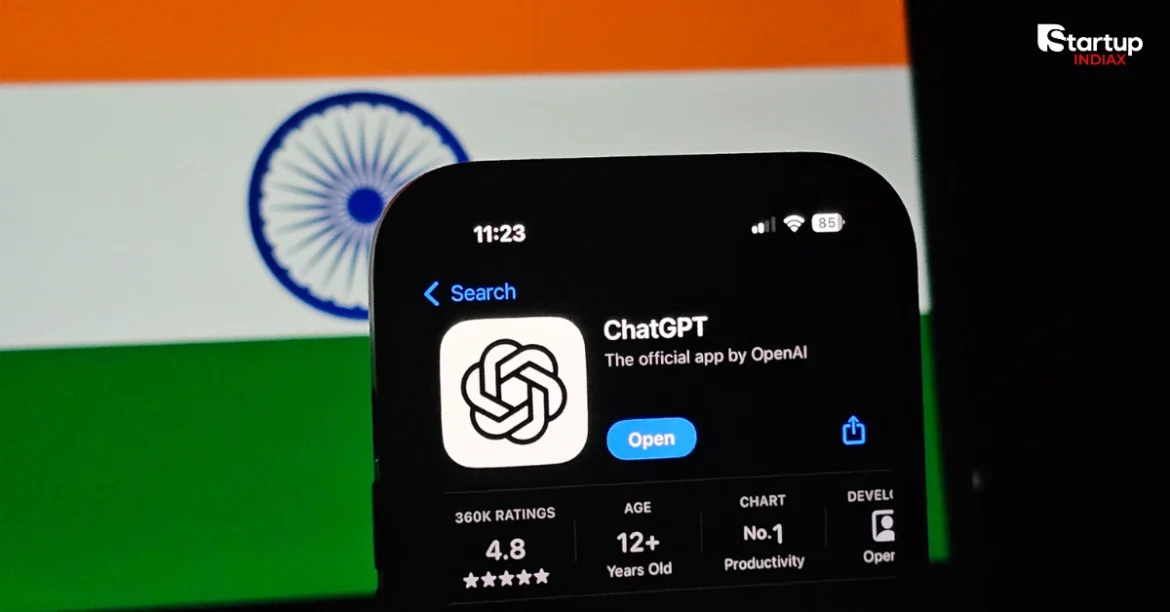Summary
- Best AI Tools for Startups in India 2025 will help entrepreneurs automate tasks, boost productivity, and scale faster in competitive markets.
- From AI marketing platforms to AI-powered HR, these tools are transforming how Indian startups operate and grow, backed by expert insights and real-life examples.
- Published by Startup INDIAX, this guide explains the top AI tools, their benefits, challenges, and how to choose the right ones for your startup’s success.
Table of Contents
Introduction: Why AI Tools Matter for Indian Startups in 2025
In 2025, Indian startups are moving faster than ever. From fintech to edtech, healthtech to SaaS, every founder is looking for ways to cut costs, save time, and scale efficiently. This is where AI tools play a massive role. They are not just fancy add-ons anymore — they are becoming the backbone of modern businesses.
According to a NASSCOM report, nearly 65% of Indian startups are adopting AI in some form. Whether it’s automating marketing campaigns, analyzing customer behavior, or streamlining HR, the best AI tools for startups in India 2025 are helping entrepreneurs achieve more with fewer resources.
In this Startup INDIAX guide, we’ll explore the top AI tools that can fuel your growth and share real-life examples of how Indian startups are leveraging them successfully.
What Are the Best AI Tools for Startups in India 2025?
How can AI tools help reduce costs and save time?
AI tools automate repetitive tasks like data entry, customer support, and content creation. This saves startups money on hiring and frees teams to focus on strategy.
Which AI tools improve productivity and team collaboration?
From AI-powered project management to smart scheduling apps, startups can use AI to boost efficiency and keep teams aligned.
What AI tools are best for marketing and sales growth?
AI marketing platforms like Jasper, Writesonic, and HubSpot AI help founders create better campaigns, generate leads, and convert faster.
Top 10 Best AI Tools for Startups in India 2025
1. AI for Marketing Automation
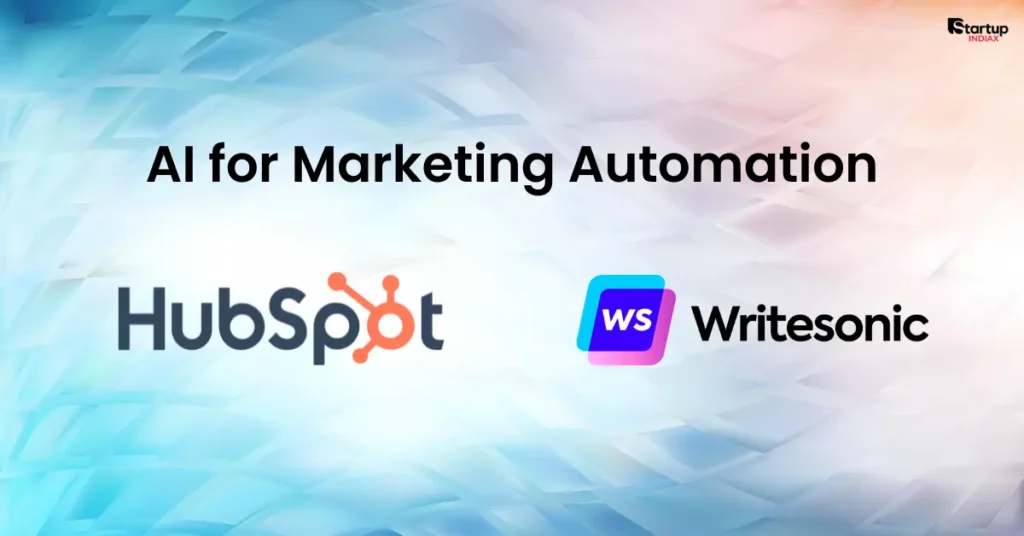
- Functionality: Automates email campaigns, creates smart customer segments, schedules social media posts, and tracks leads. HubSpot AI can even predict the best time to send emails for higher open rates.
- Use Case: A SaaS startup can use HubSpot AI to nurture leads without hiring a big sales team. By automating email sequences, they can convert free trial users into paying customers.
- Why it matters: Helps startups cut marketing costs by up to 40% while improving ROI.
- Functionality: Generates ad copy, blogs, landing pages, and product descriptions in seconds. It supports multiple languages, making it ideal for Indian startups targeting diverse markets.
- Use Case: An e-commerce brand launching new products can instantly create SEO-optimized descriptions for 500+ SKUs without hiring content writers.
2. AI for Customer Support
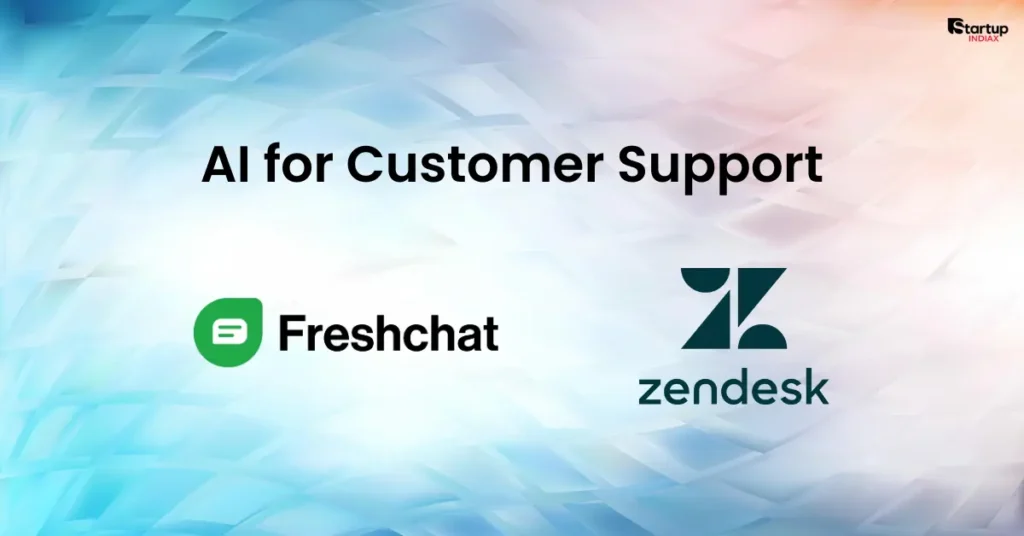
Freshchat (by Freshworks India)
- Functionality: AI-powered chatbots that provide instant replies, suggest answers, and transfer complex issues to agents.
- Use Case: An edtech startup can handle thousands of student queries 24/7 during exam season without overloading its support team.
- Functionality: Uses natural language processing (NLP) to categorize tickets, resolve FAQs, and offer personalized support suggestions.
- Example: Healthtech startup PhableCare integrated AI chatbots and reduced customer wait time by 60%, improving retention.
3. AI for Project Management
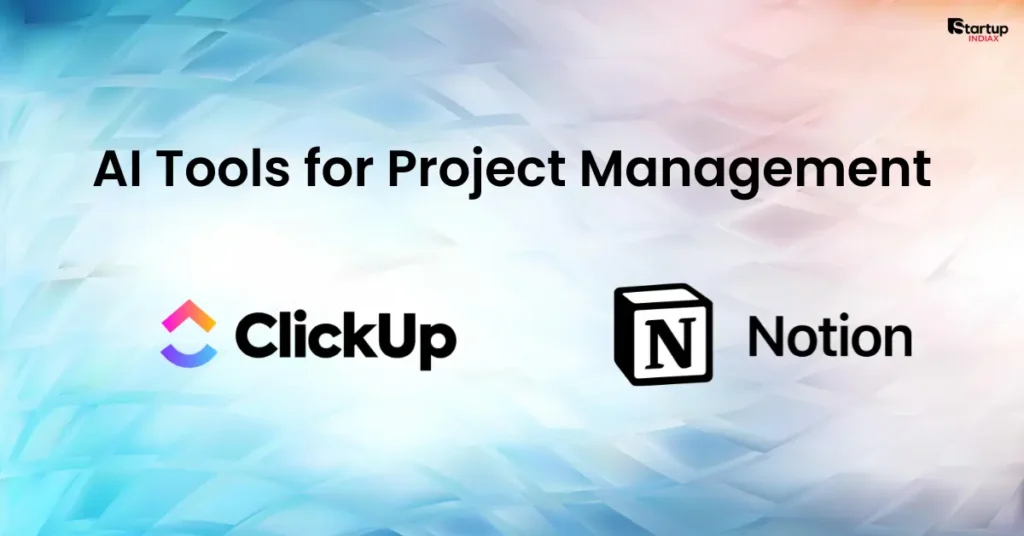
- Functionality: Creates task summaries, assigns priorities, and generates project timelines. It can even write meeting notes automatically.
- Use Case: A fintech startup can use ClickUp AI to assign coding tasks to developers while ensuring deadlines align with product launches.
- Functionality: Helps teams brainstorm, document, and create quick drafts. It can summarize long reports into short notes and suggest next steps.
- Why it matters: Keeps startup teams aligned and prevents burnout by reducing manual planning work.
4. AI for Content Creation
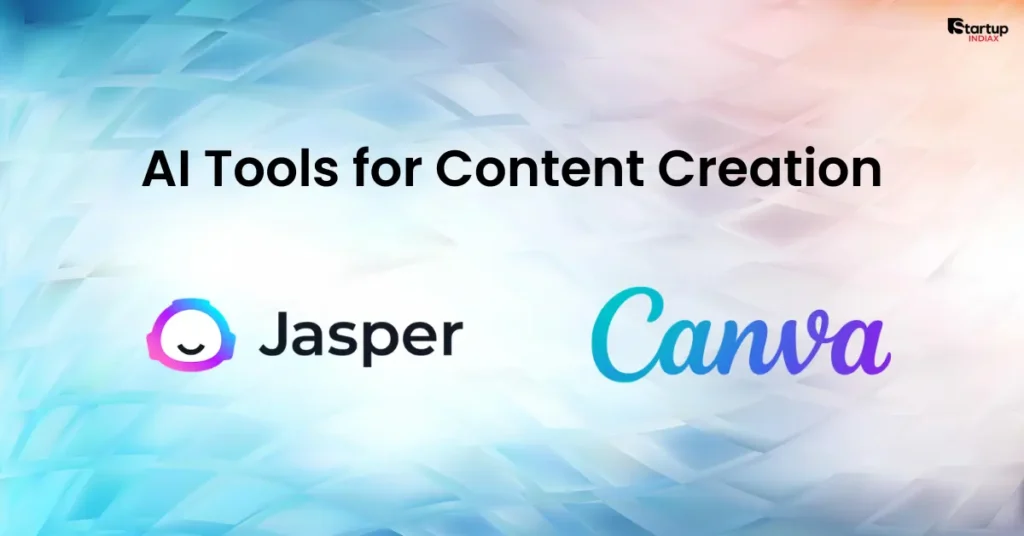
- Functionality: Writes SEO-friendly blogs, ad copies, video scripts, and emails. It can adapt to your brand voice and generate long-form content quickly.
- Use Case: A digital marketing agency startup can deliver more content to clients faster without hiring multiple writers.
- Functionality: Creates professional designs, social media posts, pitch decks, and ad creatives using AI-generated templates.
- Pro Tip: Pair Canva AI with Surfer AI or SEMrush to create content that not only looks good but also ranks on Google.
5. AI for Data Analytics

- Functionality: Transforms raw business data into interactive dashboards. AI-powered analytics highlight trends and predict future outcomes.
- Use Case: A food delivery startup can analyze customer order patterns to decide which cities to expand into.
Google Looker Studio (AI integrated)
- Functionality: Offers real-time data visualization, integrates with Google Ads, YouTube, and Search Console to track KPIs.
- Example: An Indian D2C fashion brand improved ROI by 32% using AI-driven analytics to optimize ad spending.
6. AI for Financial Management
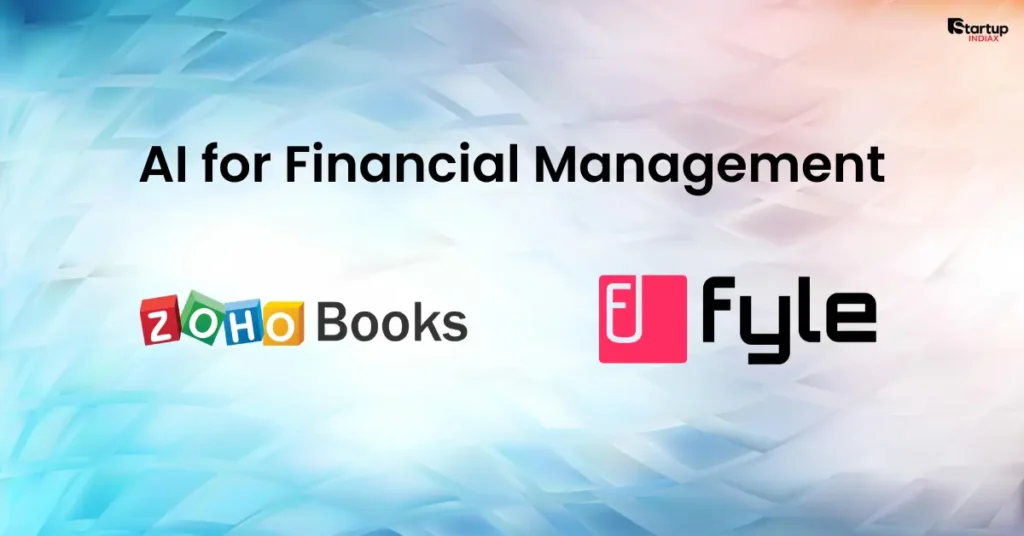
- Functionality: Automates billing, GST filing, reporting, and cash flow tracking.
- Use Case: A small SaaS startup can manage all finances without hiring a full-time accountant.
- Functionality: Tracks employee expenses in real time by scanning receipts and syncing with accounting systems.
- Why it matters: Saves founders hours during fundraising, tax compliance, and audits.
7. AI for Hiring and HR
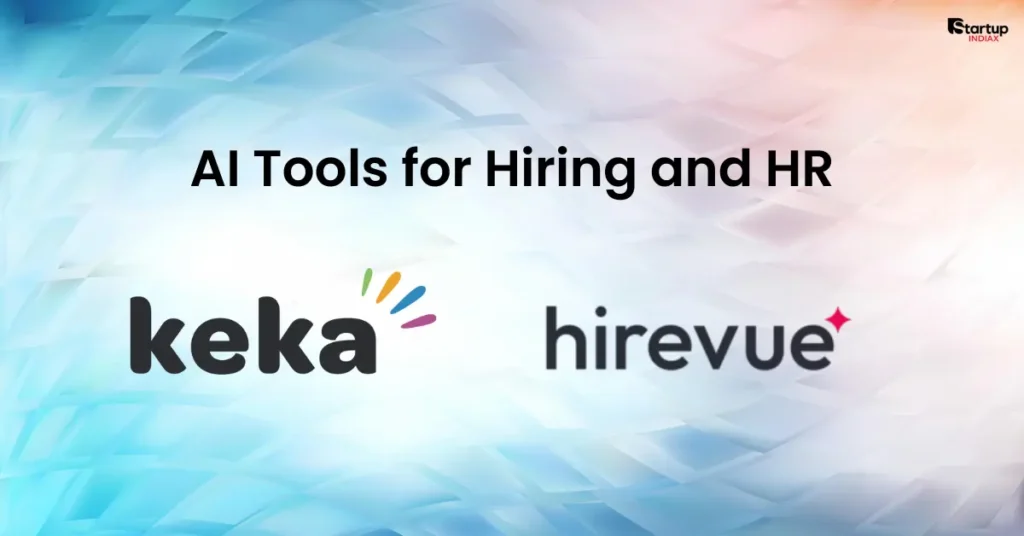
- Functionality: Automates recruitment, employee onboarding, and performance reviews. It can also track employee engagement.
- Use Case: A 20-person startup can use Keka AI to scale hiring to 100+ employees in months without manual recruitment.
- Functionality: Conducts video interviews, analyzes tone, word choice, and facial expressions to shortlist candidates.
- Real-Life Use: Indian IT startups use HireVue to filter thousands of resumes and interviews quickly, saving weeks of work.
8. AI for Coding and Development
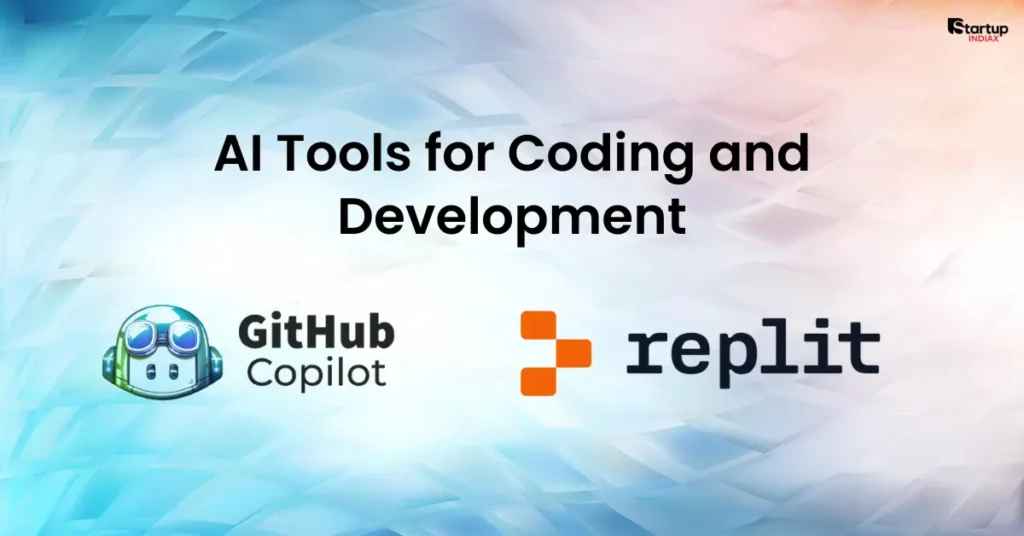
- Functionality: Assists developers by suggesting code snippets, writing functions, and debugging errors in real-time.
- Use Case: A tech startup building an MVP can speed up coding by 30–40% using Copilot.
- Functionality: Provides instant coding support, AI debugging, and deployment tools. Great for non-tech founders.
- Why it matters: Early-stage startups can launch products weeks faster without big dev teams.
9. AI for Design and Creativity
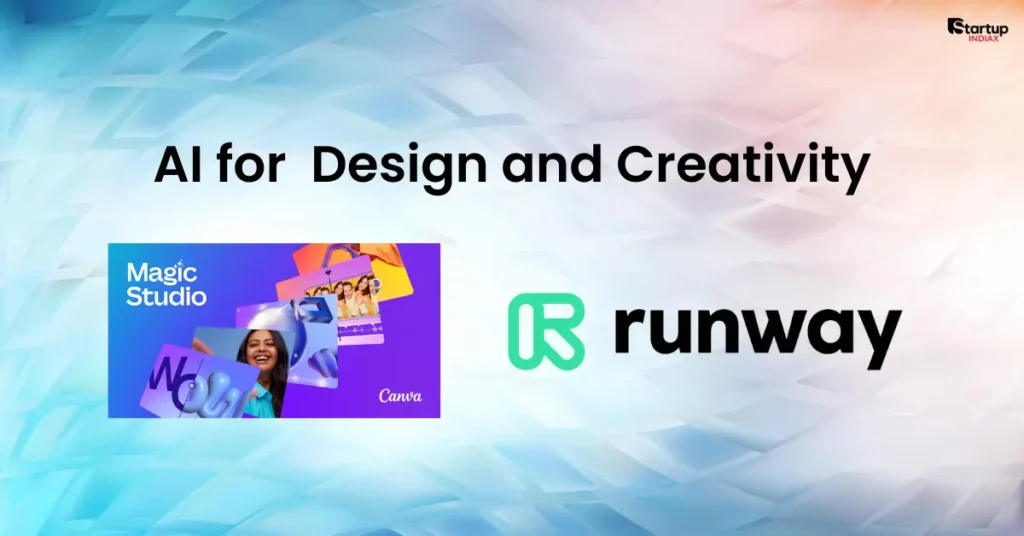
- Functionality: Instantly generates professional designs based on simple prompts (like “logo for fintech startup”).
- Use Case: A bootstrapped startup can build logos, pitch decks, and brand kits without hiring a designer.
- Functionality: Creates videos, special effects, and creative edits using AI-powered video generation.
- Pro Tip: Perfect for startups creating viral social media ads without expensive production teams.
10. AI for Cybersecurity

- Functionality: Monitors IT systems in real time, detects unusual behavior, and prevents cyberattacks before they happen.
- Use Case: A fintech startup processing customer payments can secure its data without a full-time cybersecurity team.
Quick Heal Seqrite AI (India)
- Functionality: Provides endpoint protection, anti-phishing, and ransomware detection tailored for small Indian businesses.
- Why it matters: With cyberattacks on SMEs rising by 35% annually, affordable AI security is critical for survival.
How to Choose the Right AI Tools for Your Startup?
What factors should Indian startups consider before investing?
- Budget: Many AI tools offer free or affordable plans for startups.
- Scalability: Choose tools that can grow with your business.
- Ease of use: Ensure your team can adopt it without long training sessions.
Are free AI tools worth using for early-stage startups?
Yes, especially for bootstrapped founders. Free tools like Canva AI, Notion AI, and Google Looker are powerful enough to start.
Real-Life Examples: Indian Startups Growing with AI
- Zomato uses AI for delivery route optimization.
- CRED leverages AI to detect fraud and improve credit scoring.
- Lenskart applies AI in virtual try-on features for eyewear.
These examples prove that AI isn’t just a Silicon Valley trend — it’s driving real growth in Indian startups.
Challenges of Using AI Tools in Indian Startups
- Cost barriers: Premium AI tools can get expensive.
- Skill gaps: Teams may need training to maximize AI’s value.
- Data privacy: Handling customer data responsibly is crucial.
Future of AI Tools in India: What Can Startups Expect Beyond 2025?
The future looks promising. With AI adoption growing 30% year-on-year, Indian startups will see more homegrown AI solutions tailored for local challenges. Expect deeper integrations in voice AI, regional languages, and sector-specific solutions.
Conclusion: Which AI Tools Will Truly Boost Your Startup Growth?
The best AI tools for startups in India 2025 aren’t just about automation — they are about smarter decision-making, faster scaling, and reducing risks. Whether you’re a founder in tech, retail, or healthcare, choosing the right AI tools can be the difference between struggling and thriving.
At Startup INDIAX, we believe startups that embrace AI early will lead the next wave of innovation in India.
👉 Which AI tool are you planning to try first? Share your thoughts in the comments and explore more startup insights on Startup INDIAX.
FAQs: Best AI Tools for Startups in India 2025
Q1. What are the best AI tools for startups in India 2025?
Top AI tools include HubSpot AI, Jasper, Freshchat, Zoho Books AI, GitHub Copilot, and Canva AI.
Q2. Are AI tools expensive for Indian startups?
Not always. Many offer free or low-cost versions suitable for early-stage startups.
Q3. Can AI replace human jobs in startups?
AI supports humans by automating repetitive tasks, but creative and strategic roles remain crucial.
Q4. Which Indian startups are using AI successfully?
Zomato, CRED, PhableCare, and Lenskart are strong examples.
Q5. What’s the future of AI in Indian startups?
Expect AI adoption in regional languages, fintech, healthcare, and cybersecurity, with more local innovations.

